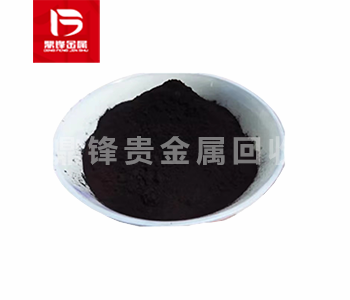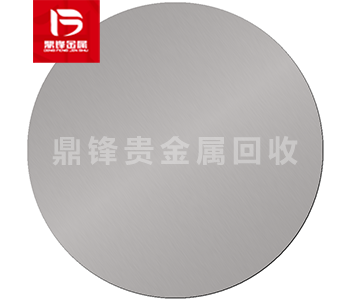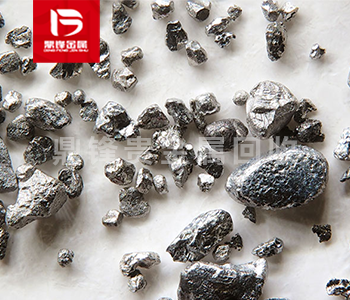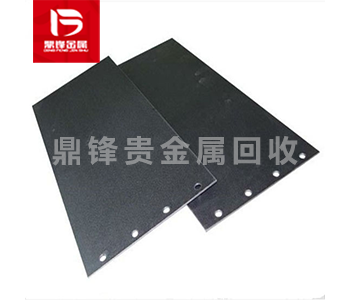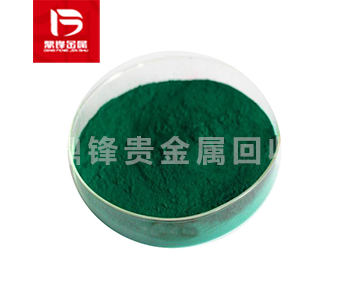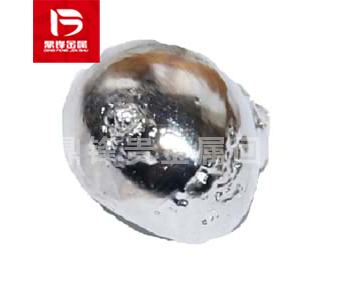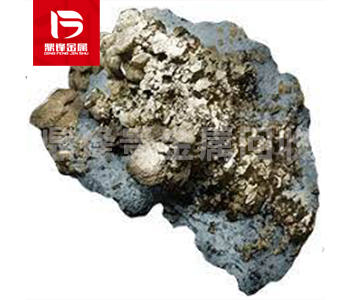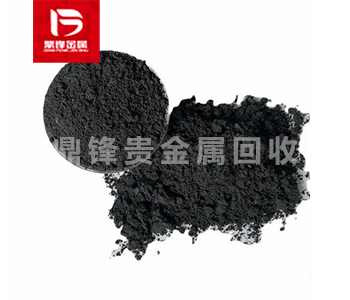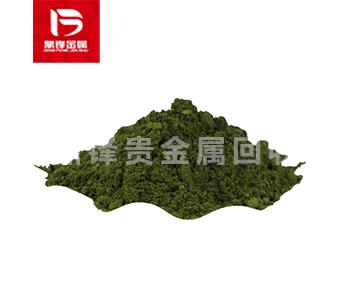Separation and recovery of iridium from metal coatings
Iridium is a rare precious metal known for its high corrosion resistance, high temperature resistance and excellent electrical conductivity. It is a key material in many industrial applications, especially in the chemical, electrical and aviation fields. The scarcity of iridium makes its recycling a crucial topic, especially in metal coatings. This article will detail how to recover iridium from metal coatings, explore the importance of this process, common methods and its application in modern industry.
Why recycle iridium?
The scarcity of iridium is one of the main factors driving recycling. The natural reserves of iridium are very limited, and the mining process is costly. Therefore, recovering iridium from discarded metal coatings not only helps save resources and reduce environmental burden, but also brings economic benefits to enterprises.
The unique properties of iridium make it indispensable in many high-end industrial applications. For example, iridium is widely used in catalysts, electronic components, aerospace equipment and other fields. In some high temperature and corrosive environments, iridium exhibits extremely superior performance, making it a key material in these fields. Therefore, recycling iridium is not only a need for resource management, but also an important step to protect industrial needs.
Sources of iridium and metal coatings
Iridium is widely used in metal coatings, especially in the surface treatment of some high-performance materials. In the aerospace, automotive manufacturing and electronics industries, metal coatings are often used to improve corrosion resistance, oxidation resistance and wear resistance. The excellent properties of iridium make it one of the ideal choices for metal coatings.
Electrodes of some high-end electronic devices, fuel injection systems of automobiles, and certain components of aircraft engines may use metal coatings containing iridium. As these devices age, the coatings may wear or be damaged, resulting in the loss of iridium. By recycling the iridium in these waste coatings, it can not only reduce pollution to the environment, but also provide a feasible way for the reuse of iridium.
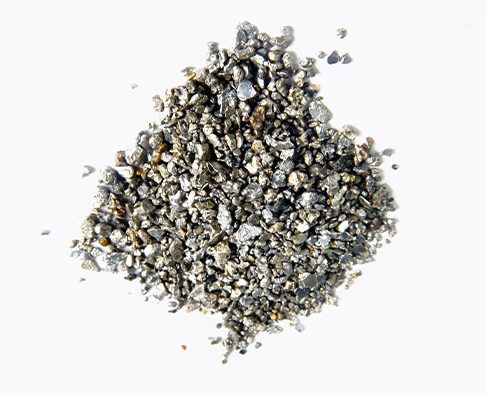
Methods for recovering iridium from metal coatings
The process of recovering iridium usually involves a series of complex chemical and physical processes. The following are several common recovery methods:
1. Chemical leaching: Chemical leaching is a common metal recovery technology that uses specific chemical reagents to dissolve iridium from metal coatings. These chemical reagents can be acids or other chemicals that can effectively dissolve iridium. During the leaching process, the iridium in the metal coating is dissolved into soluble compounds, which can then be separated from the solution by filtration or other methods.
Common chemical leaching agents include aqua regia (a mixture of concentrated nitric acid and concentrated hydrochloric acid), which can dissolve many precious metals, including iridium. Since the chemicals used in chemical leaching are usually highly corrosive and toxic, strict safety measures need to be taken during the operation.
2. Electrolysis: Electrolysis is a method of depositing iridium on the cathode by passing an electric current through a solution containing an iridium metal coating. This process usually needs to be carried out in a solution containing an appropriate electrolyte, and the choice of electrolyte directly affects the efficiency and purity of the recovery. Electrolysis has lower environmental risks than chemical leaching and can obtain higher purity iridium in some cases.
The advantage of electrolysis is that it can effectively recover iridium from the coating and generally has less negative impact on the environment than chemical leaching. Its recovery efficiency is affected by factors such as current density, temperature and electrolyte concentration, so the process conditions need to be finely controlled.
3. Heat treatment: Heat treatment extracts iridium by heating the iridium-containing metal coating to cause a chemical reaction or physical change. This process usually needs to be carried out under high temperature conditions and is often combined with other recovery methods. For example, the coating can be heated to a high temperature to form an easily separable compound with other metals, or iridium can be directly separated from other metals by high temperature.
Thermal treatment is suitable for some special cases, especially when other methods are difficult to effectively recover iridium. This method has high energy consumption, so it is usually selected with caution in industrial applications.
4. Mechanical separation method: Mechanical separation is usually used to recover metal powder or granules containing iridium. Iridium is separated from other metals by physical methods (such as screening, grinding or air flow separation). This method is usually suitable for waste materials with low iridium content or when the physical properties of iridium and other metals are very different.
Although mechanical separation may not be as efficient as chemical or electrolytic methods, it is a low-cost and low-risk recovery method suitable for use in some cases.


